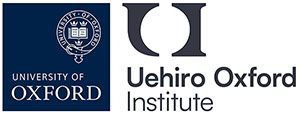Methuselah’s planet: the population cost of longer life
Ageing is a mysterious process. There is a good deal of ongoing research aimed at trying to understand its biological cause, though much remains unknown. Some research is aimed at trying to unlock longevity, for example a study published this week that found a particular gene mutation in a group of long-living Ashkenazi Jews. Other researchers are actively looking at rare diseases like progeria which lead to accelerated ageing. It is often expressed that such research will make it possible to extend the normal human lifespan.
But should we try to make our lives longer? In an era of increasing environmental awareness, when the costs of human overpopulation are all too clear it might be argued that the planet cannot support a significant increase in our lifespan.
Read More »Methuselah’s planet: the population cost of longer life
